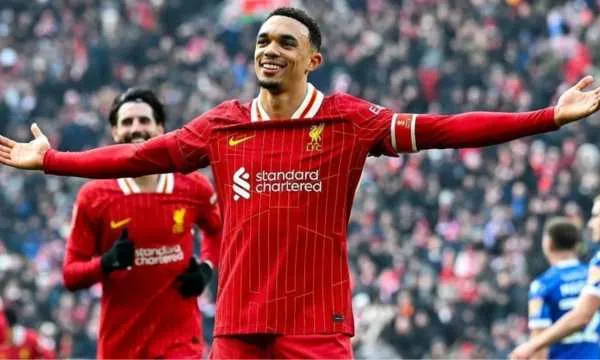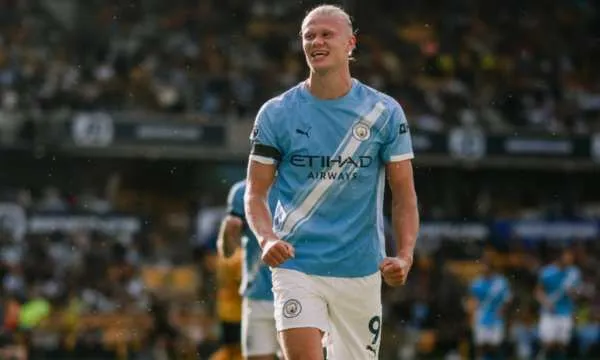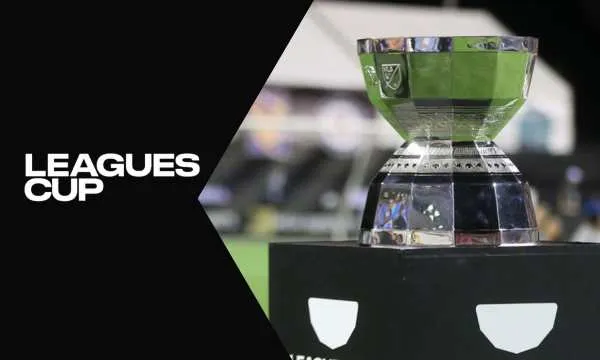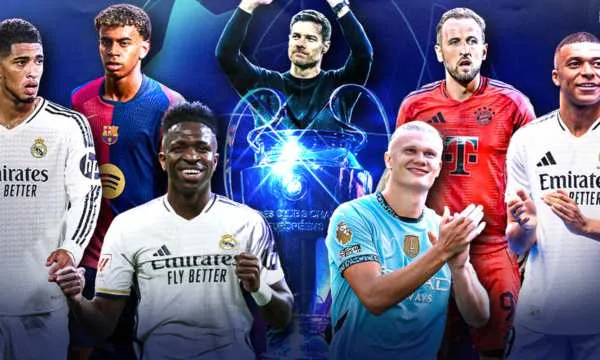Dive deep into the world of football positions and truly understand the game you love!
Anúncios
Ever wondered what sets a good player apart from a great one? More often than not, it’s a masterful grasp of their role on the pitch.
This is not just about knowing where a player stands when the match begins. It is about appreciating the intricate web of responsibilities, movements, and tactical intelligence that defines each position.
Understanding these roles will transform how you watch football, turning every match into a fascinating tactical display.
Let’s explore the engine that makes a team tick, from the solid defense to the glorious attack.
Differences Between Fixed Positions and On-Field Roles
First, it is important to understand that a player’s listed position is not the full story.
A “fixed position” refers to the designated spot a player holds within the team’s tactical formation, like a right-back or central midfielder, providing a general framework for their area of operation.
However, their “on-field role” is far more dynamic and is defined by the specific instructions given by the coach. This distinction is crucial for understanding modern football positions.
One right-back might be tasked with a purely defensive role, focusing on stopping opposing wingers and clearing the ball.
In contrast, another might be an “attacking full-back” or “wing-back”, whose main job is to overlap with the winger, deliver crosses, and even score goals.
Consequently, the role provides a much clearer picture of a player’s actual contributions during a game.
This tactical flexibility is a key feature of the sport, making teams less predictable and more versatile in their approach to player roles and football positions.
Exploring Defensive Football Positions
Every successful team is anchored by a strong defensive foundation. These players are responsible for safeguarding their net, neutralizing enemy advances, and creating the stability needed for teammates to venture forward confidently.
Though they might not consistently capture media attention, these defensive roles in football are fundamentally crucial for securing titles.
Goalkeeper
The goalkeeper serves as the final defensive barrier and remains the sole player permitted to handle the ball within the penalty box, with their main responsibility being to stop the ball from crossing the goal line.
Today’s goalkeepers are also required to demonstrate strong footwork skills, contributing to offensive buildups from deep positions and functioning as a “sweeper keeper”.
A world class example is Alisson Becker, known for his incredible saves and calm distribution.
Center-Backs
Positioned at the core of the defensive structure, center-backs are tasked with neutralizing opposition forwards.
They must excel in aerial duels, demonstrate superior tackling abilities, and possess sharp game awareness to execute vital interceptions.
These players frequently serve as commanders of the back line. Virgil van Dijk exemplifies the ideal contemporary center-back, merging physical prowess with outstanding tactical understanding.
Full-Backs
Located on the outer edges of the defense, full-backs counter opposing wing players and stop aerial deliveries into the box. In today’s game, their function has become increasingly focused on offensive contributions.
They are often required to support attacks, overlap with their wingers, and deliver crosses themselves.
Trent Alexander-Arnold has redefined the position with his phenomenal passing range and attacking contributions.
Together, these defensive players form a shield.

What Do Midfield Players Do?
Games are commonly determined in the midfield area. These individuals link the defensive and attacking units, manage the pace of the match, and handle a vast array of duties.
A balanced midfield needs players who can defend, create, and control the flow of play.
Defensive Midfielders
Often playing just in front of the defense, the defensive midfielder’s main job is to provide a protective screen. They break up opposition attacks, tackle players, and recover possession of the ball.
They are disciplined and positionally aware, allowing more creative players the freedom to attack.
Casemiro is a master of this role, known for his tough tackling and tactical awareness.
Midfielders
This is a broad category that includes central midfielders and attacking midfielders. Central midfielders are all-around players who contribute to both defense and attack, often dictating the pace of the game.
Attacking midfielders play in a more advanced role, focusing on creating chances for the forwards through clever passes, dribbling, and long-range shots.
Kevin De Bruyne is the ultimate example of a creative midfielder, famous for his visionary passing and goal-scoring ability.
Their ability to dominate the central areas of the pitch provides the control needed to execute a team’s game plan effectively.
Understanding the Role of Football Forwards
Forwards are chiefly tasked with finding the back of the net. They function in the attacking third of the field, and their success is typically evaluated by their goal-scoring record.
Nevertheless, their contributions extend far beyond simply converting chances. They generate opportunities for teammates, apply pressure on defenders, and serve as the central hub of the team’s offensive strategy.
A great forward needs a combination of speed, skill, and a natural instinct for goal.
Wingers
Operating in the outer zones of the offensive third, wingers utilize their pace and ball-handling skills to outmaneuver defenders and generate goal-scoring chances.
They can drift inward to attempt shots or reach the touchline to provide crosses for the center-forward. Contemporary wingers are frequently among the most thrilling players to observe.
Vinícius Júnior is a prime example, terrorizing defenses with his blistering pace and flair.
Striker
The striker is the team’s main goal scorer, positioned closest to the opposition’s goal. Their job is to be in the right place at the right time to finish off attacking moves.
They need to be strong, good in the air, and have a deadly finishing ability. The modern striker is also expected to hold up the ball and link up play with their teammates.
Erling Haaland embodies the role of a pure goal scorer, with his incredible strength and clinical finishing.

The “False 9”: A Tactical Twist on Football Positions
One of the most interesting tactical innovations in modern football is the “False 9”. Instead of a traditional striker who stays high up the pitch, a False 9 is a player who is nominally a striker but drops deep into midfield.
This clever tactic creates a major dilemma for opposing center-backs: should they follow the player into midfield, leaving a huge gap in their defense, or should they hold their position, allowing the False 9 time and space to dictate the play?
It is a fascinating evolution of forward football positions.
This movement creates confusion and disorganization in the defensive line, opening up channels for wingers or attacking midfielders to run into.
A player in this role needs excellent technical skill, vision, and intelligence to exploit the space they create.
Lionel Messi famously perfected this role, using it to become one of the most prolific goal scorers in history while also creating countless chances for his teammates.
The Stars Who Master Multiple Positions
In today’s fast paced game, versatility is an incredibly valuable asset. The ability to play effectively in multiple football positions gives a coach immense tactical flexibility.
Players who have mastered different roles are highly sought after because they can adapt to different formations and game situations.
Looking at the stars of today, several players stand out for their adaptability. Jude Bellingham is a prime example, a natural midfielder who can excel as a deep lying playmaker, a box to box engine, or even an attacking midfielder making late runs into the box.
Another is Joshua Kimmich, who seamlessly transitions between playing as a world class defensive midfielder and an elite right back.
These players offer their teams a unique advantage, showcasing the value of mastering different football positions.
Conclusion
Understanding the roles behind football positions truly enriches the experience of watching a match. It’s more than just a formation, it’s a dynamic system where each player’s duties are crucial for the team’s success.
From the goalkeeper starting an attack to the False 9, every role has a story.
Now that you have a deeper insight into the world of football positions, you can appreciate the tactical genius on display in every game.
What is your favorite position to watch on the field?


